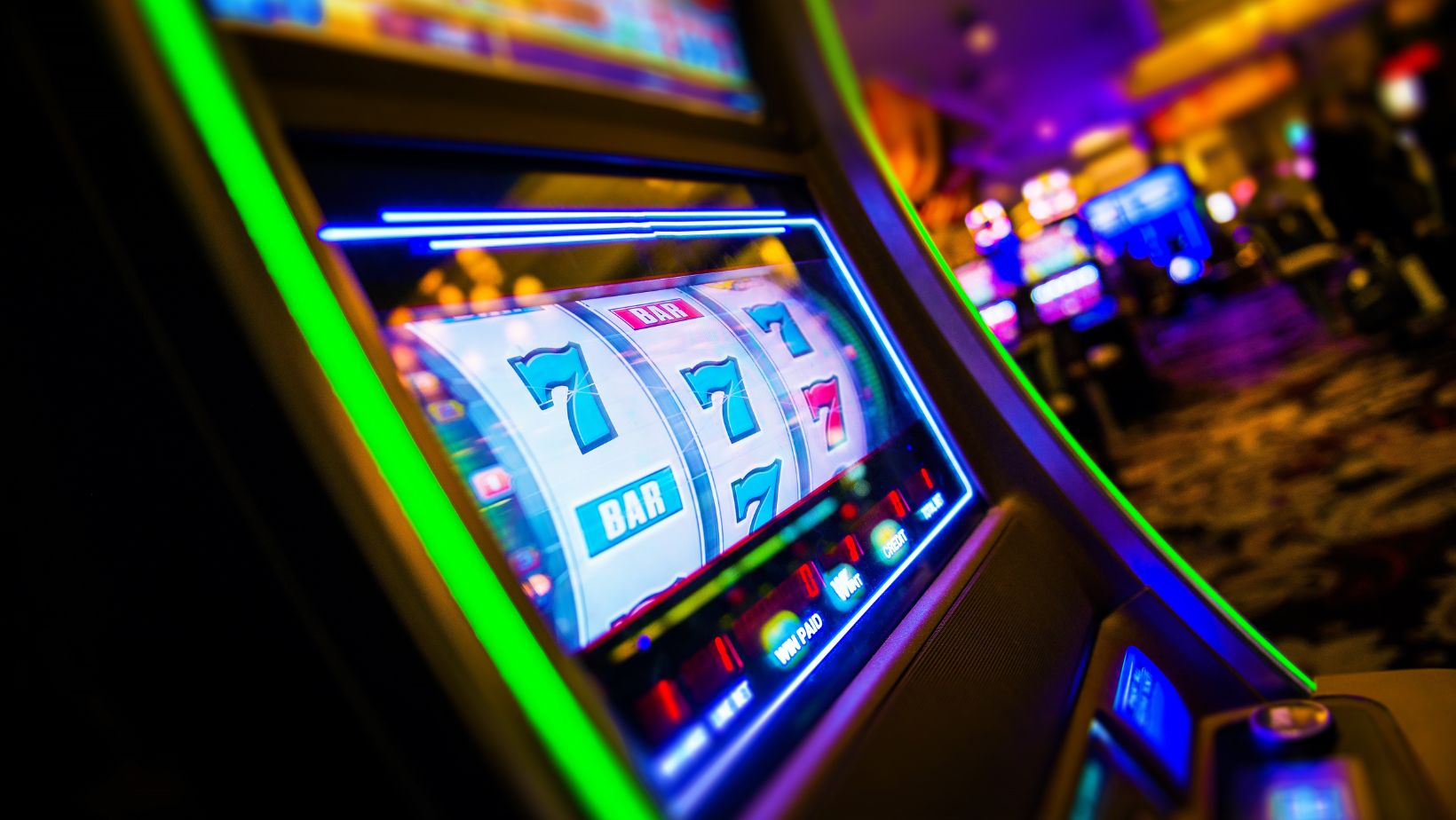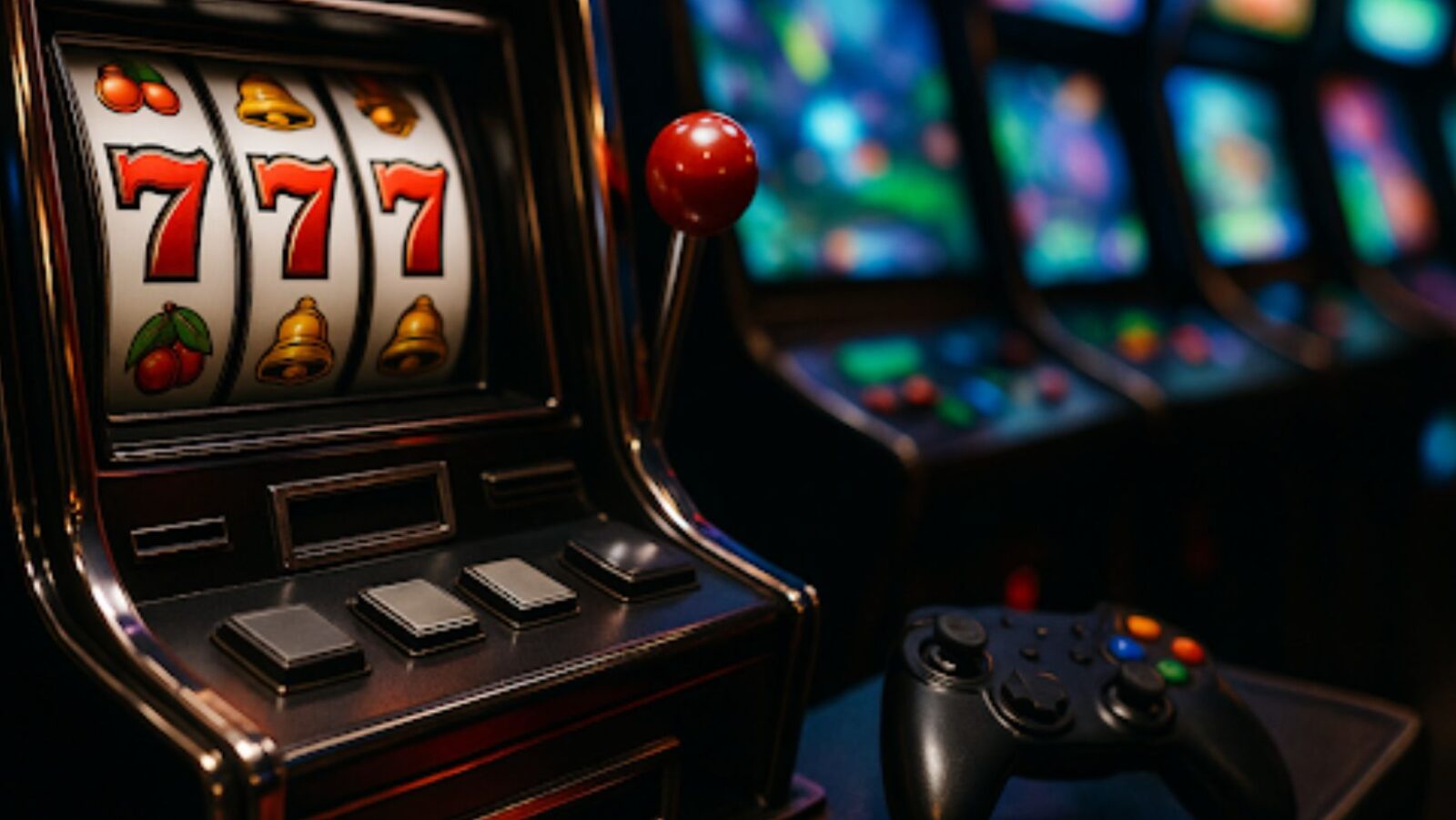Joel is a whiz with computers. When he was just…
Slot machines, once confined to smoky casino halls, have made a quiet transformation. Their techniques now shape how we interact with games on nearly any device, phones, consoles, and PCs. All those spinning reels and jackpot jingles didn’t just fade into history; instead, their logic was borrowed and updated. Video games today often run on similar technical and psychological tricks, shifting the way players earn rewards, progress, and even develop patterns of short play sessions.
According to some industry numbers, as much as 40 percent of people worldwide play video games regularly. With so many playing, these old slot machine methods have become deeply woven into our modern digital lives, sometimes in ways a player doesn’t even notice.
Table of Contents
ToggleCore Slot Concepts in Modern Game Design
The guts of every slot machine? Random number generators. Decades ago, those determined which symbols lined up. In current games, the same randomness runs loot boxes and random drops, making outcomes unpredictable. No two spins, no two item pulls, are ever quite the same. Physical slots posted payout odds on printed paytables, but digital games created their own ladders: think of skill trees with dozens of alternate paths, or a battle pass offering an endless parade of cosmetic unlocks. Most online slots use more than 50 paylines, creating a web of possible outcomes, all easy to see at a glance. Game makers often use similar logic to map complex reward tracks or branching upgrade systems.
Sound and visual feedback, once the signature of old slot cabinets, now play center stage in mainstream games too. The sirens and blinking lights live on as screen-shaking animations, controller rumbles, and celebratory sound effects when you land something rare. University of Southern California researchers have studied how these effects are tuned to increase anticipation and maintain user interest. All these little cues, whether flashing or vibrating, are crafted to keep attention sharp, creating a kind of feedback loop that sits right at the core of modern play.
Unpredictable Rewards and Progression in Games
Variable rewards, a pattern well known to gambling veterans, show up everywhere across the world of digital entertainment. From loot boxes to gacha mechanics, and random weapon drops in action games, the systems all share DNA with original slot machine mathematics. In 2023, industry analyses noted that the majority of top-grossing mobile titles had loot box systems, relying on unpredictable outcomes and rapid feedback that fueled slots. Even a simple, low-value result can generate a brief emotional response, shaping expectations for the next attempt.

Progression in today’s games echoes another idea from advanced slot cabinets. Classic slots introduced ways for players to upgrade reels, unlock new themes, and “level up” as they played. Now you see similar structures: story arcs tied to random rewards, ranks, and endless achievement systems that nudge you forward just a bit at a time. These hooks stretch out a player’s interest for weeks. Adding milestone achievements can boost average game sessions by nearly a third. At its core, this approach is about blending gambling psychology with long-term goal setting.
Visual Tricks, Audio Bursts, and Why We Stay
The look and sound of achieving something, once a craftsman’s obsession for slot machine design, are taken to new heights in today’s digital worlds. Achievements don’t just appear quietly on the screen. Instead, reward sequences explode in color, achievements come with unique music, and every rare drop gets its own mini-celebration. These feedback cycles tap into deep psychological reward circuits, making even minor achievements feel meaningful and supporting continued engagement.
But there’s more than just the thrill of success. Techniques first used to boost playtime on slot machines have found a home in mainstream gaming. Designers sprinkle games with near-miss outcomes, streak rewards, weekly event bonuses, and short windows where special prizes are available.
Each of these is designed to promote repeated participation. Games using these techniques often see retention rates jump by a quarter or more after several months. Small changes in how rewards are delivered can keep a community engaged much longer than one might expect.
Where Game and Gambling Design Collide
Lines between gambling and gaming seem to grow thinner each year. Digital game designers rely more and more on slot-inspired tactics and interface tricks, stacking these systems on top of standard gameplay. At the same time, actual slots have borrowed mechanics straight from video games, introducing collectibles, storylines, or puzzles alongside spins. Regular casino players might recognize their favorite features, while console gamers see randomized unlocks, timed, rare, or bundled as “events” pop up in familiar places. This back-and-forth has led to designs and psychological effects that spark both loyalty and sharp debate from critics
Even as these trends deepen, new headaches emerge. Across Europe and parts of Asia, regulators and advocacy groups have started pushing harder than before, worried about how easily people, news players, can slide into systems that feel a lot like gambling. The debates keep stacking up: at what point does a mechanic that’s supposed to be fun quietly cross over into the territory of real wagering?
And with more research pointing to how certain designs can hit vulnerable players the hardest, studios are getting pressed on multiple fronts. Clearer odds disclosures, stronger parental controls, spending caps you can switch on if you want, those demands aren’t going away, and developers know it.
Supporting Healthy Play
With all these mechanics designed to keep us locked in, being mindful matters. Slot-style features can make games exciting, but there is a real risk of slipping into unhealthy patterns. Setting up your own time or money limits and taking advantage of built-in restrictions is a good way to protect yourself. It helps to know the chances behind each loot box or random prize too. If a session ever starts to feel less like fun and more like a compulsion, it’s wise to seek help or talk things through. Responsible choices mean that even as game design borrows tricks from the world of gambling, our experiences stay positive, and playful.
Joel is a whiz with computers. When he was just a youngster, he hacked into the school's computer system and changed all of the grades. He got away with it too - until he was caught by the vice-principal! Joel loves being involved in charities. He volunteers his time at the local soup kitchen and helps out at animal shelters whenever he can. He's a kind-hearted soul who just wants to make the world a better place.






